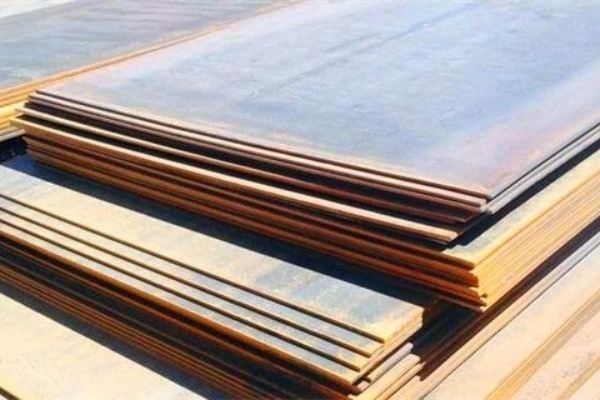Thickness Directional Properties (Z-direction) is an important parameter in materials engineering that refers to the mechanical and physical properties of a material in a direction perpendicular to its surface. This directional property plays an important role in many fields, including construction, aerospace and automotive industries. In this paper, we will discuss the significance of thickness directional properties, explore their impact on material properties, and related test methods.
The Significance of Thickness Directional Properties
In materials engineering, the importance of thickness orientation properties cannot be ignored. It is because of the specificity of the material force direction, we need to understand the performance of the material in the thickness direction to ensure the stability and safety of the material in practical applications. For example, in the aerospace field, spacecrafts are often exposed to enormous pressure and temperature changes, and if the materials do not have sufficient strength and toughness in the thickness direction, structural damage and accidents may occur.
Influence of Thickness Directional Properties on Material Properties
Thickness-directional properties have an important influence on the performance of materials. First, the strength and stiffness of a material in the thickness direction affects its overall stability and load carrying capacity. Secondly, the toughness and fracture toughness in the thickness direction determine the tensile, bending and impact resistance of the material during force application. In addition, physical properties such as thermal conductivity, electrical conductivity and damping of the material are also related to the thickness direction.
Related Test Methods
To evaluate the thickness-direction properties of materials, scientists and engineers have developed a variety of test methods. One common method is tensile testing, which evaluates the strength and toughness of a material by applying tensile stress in the thickness direction. Another method is impact testing, which simulates the response of a material when subjected to an impact load in the thickness direction. In addition, material characterization techniques such as X-ray diffraction and scanning electron microscopy can provide useful information about the properties of materials in the thickness direction.

Conclusion
To summarize, thickness direction properties are of great importance in materials engineering. Understanding material properties in the thickness direction can help us design safer and more reliable products. With appropriate testing methods, we can evaluate the strength, toughness and other physical properties of materials and provide references for material selection and engineering design. In the future, we need to further research and develop more accurate test methods to meet evolving industrial needs.